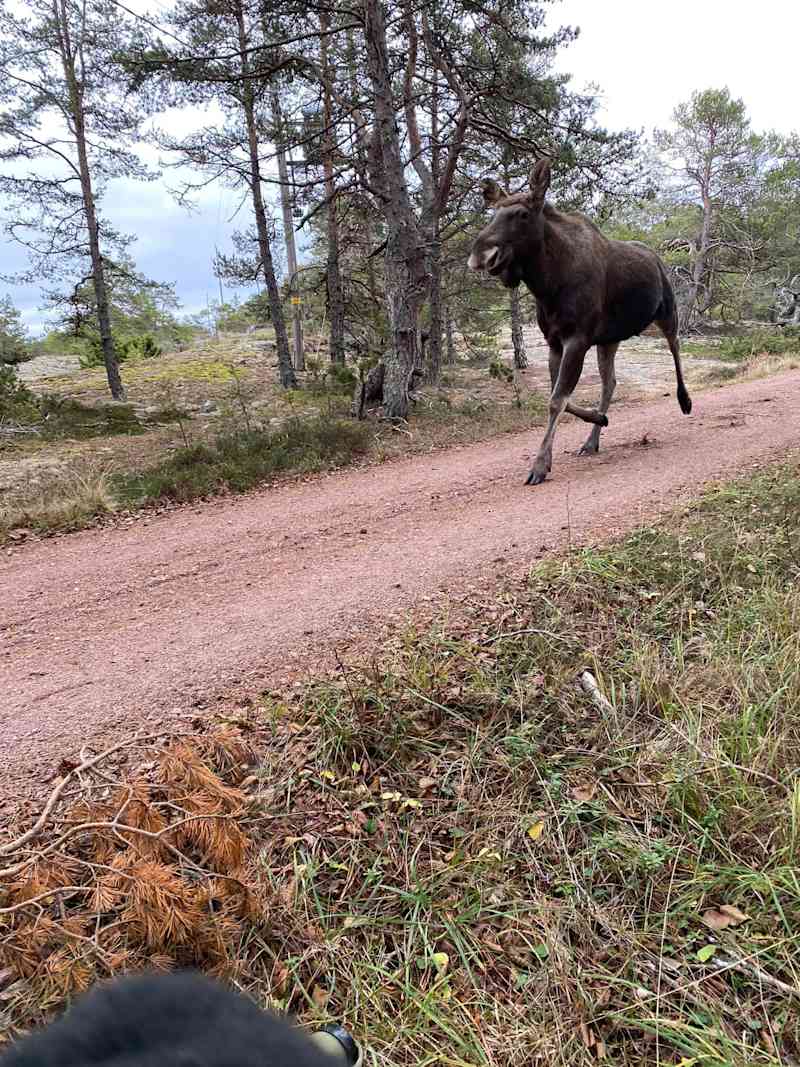NRK: For the first time in Northern Norway, a parasite that destroyed the deer brain-can also nest in humans

Norwegian researchers have been warning about the spread of the parasite for years. However, this is not the case in the northern larva before.
This week, the hunters made a special discovery of the dead deer on the Geaadjájájávri Lake Karasjoki, northern Norway, about 15 kilometers from the Finnish border. The elk’s throat was full of live larvae, says NRK Norwegian broadcasting company.
According to NRK’s \u200b\u200bnews, the larvae are probably called Hirvenennennäsaivaja * (Cephenemyia Ulrichii) * Fly species larvae. This is a fly -living fly species, which is part of Kiiliäinen. Norwegian researchers have been warning about the spread of the parasite for years. However, this is not the case in Norway in Norway.
Also in Finland, the parasites and other new plagues brought about by climate change have been warned for years. In Finland, this parasite is usually found south of Oulu.
Spray eggs into the deer nostril
The female of the Hirvennennensaivaja-Kärpänen does not lay but \”shoots\” dozens of small larvae into the animal’s nostril. The host animal is usually a deer, but the same flies are also known to have nested in deer.
The larvae live in the host animal’s nasal cavity and in the throat using mucous membranes. If there are many larvae, infection can lead to death, especially in the case of a calf.
In the case of Karasjoki, it is still unclear whether the parasite caused the death of the calf. The larvae of the Karasjoki have been sent for research.
– Hard winter can be the reason why the deer died. But it may be that because the calf was so small, the parasites contributed to its death, Guttorm says in an interview with NRK.
The larvae can also end up in the human eye
Occasionally, larvae can penetrate the nostrils and throat deeper, even to the brain. In this case, the deer can be streamed in length.
The deer can also spray his larvae into the human eye.
